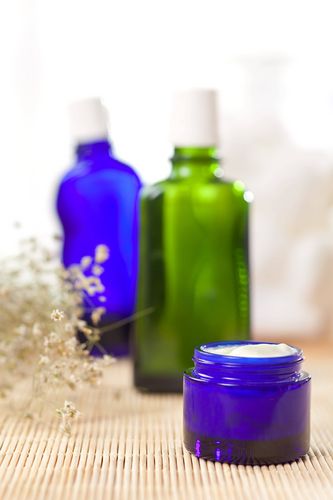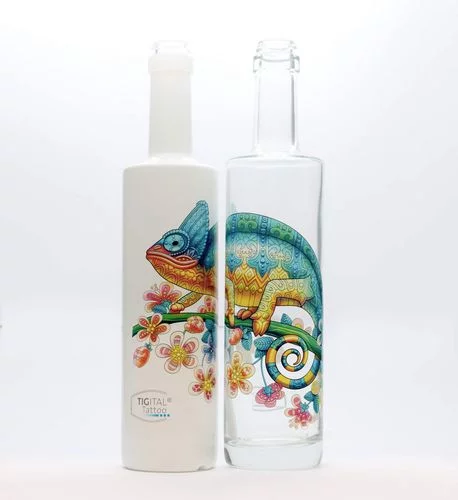Powder Coating on Glass
Lightweight and transparent: Glass is the perfect design element for a bright, airy atmosphere, creating an impression of openness and space. Design often requires flexibility, which is why only transparent surfaces are sometimes not enough. Luckily powder coating can help elevating glass surfaces to a more decorative state!
Powder Coating Glass – Why You Should Do It
Glass is a specialized powder coating substrate as unlike traditional surfaces that are selected for powder coating applications, it is not a good conductor of electricity. This means, the process of applying powder on glass is more specialized and different from standard powder coating practices. But despite the added complexity, powder coating can still be an excellent choice of finish for glass applications. But why is that? Here are some of those reasons:
Superior Design Variety
Powder coating is an extremely versatile finishing technique, and thus, a variety of colors, textures, and effects can be applied to glass surfaces of different shapes and sizes. Usually bottles, containers, and kitchen items, are prime examples of powder coated glass surfaces, but that’s just scratching the surface, as there’s much more you can do with powder coating on glass.
Better Durability
Powder coating glass adds an additional layer to the surface making it more resistant to damages from scratching, peeling, chipping, and other side effects of daily usage.
Greater UV Protection
When the contents of glass containers need to be protected from ultraviolet (UV) rays, particularly UVA electromagnetic radiation, which is capable of penetrating glass, manufacturers in the cosmetics, fragrance, wine, and spirit industries also use powder coating. In these applications the coating layer creates a translucent barrier against the harmful effects of light.

More Usecases for Powder Coating on Glass
Thermal hardening systems enable glass components to be finished with single-color powder coatings in industrial flat glass plants. These components are used in a wide variety of industries including:
- All interior areas such as kitchens
- Bathrooms
- Office furniture
- Store fixtures
Things To Look Out for When Powder Coating Glass
As with every other substrate, glass has special, individual properties, that require specific considerations in the coating process.
How Is Glass Powder Coated?
Unlike metal substrates glass (as wood, plastics and ceramics) does not conduct electricity, which rules out the “traditional” method of powder coating through electrostatic charge. In these cases, hot coat application or a conductive pretreatment, like TIGER static fluid, can be used as an alternative.

Pre-Treatment
Besides from the usual challenge of coating non-conductive surfaces in the case of glass it is particularly important to clean the surface with distilled water prior to applying the powder. This serves to prevent stains, that would otherwise form and become visible, especially when working with transparent effects.
Object size
Coating small glass surfaces does not pose a big challenge. The larger the surface however, the more complicated it gets. That goes for powder application as well as curing, as the curing oven must be able to fit the pieces.
Digital Inkjet Printing & Powder Coating
A new and innovative market opportunity is to integrate a flat glass powder coating line together with a digital inkjet printing operation. In this case, the powder coating protects the inkjet printing images. In addition, the use of white or other solid colored powder coatings as a top coat make the inkjet printed images more vivid and serve as background color. Visit TIGITAL Inks or TIGITAL Tattoo to learn more!